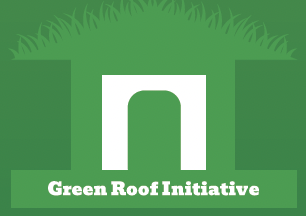TERC Blog
Sound Travels
As you step into the Gadgets exhibit area at the Center of Science and Industry (COSI) in Columbus, a symphony of sounds surrounds you. The rhythmic clangs of gears, the sharp chime of bells, and the whir of unseen machines fill the space and your ears. “It feels like you’re walking into a bustling factory,” musicologist Daniel Shanahan observes. As you explore COSI, you’ll notice how the soundscape shifts from one exhibit to the next. The clangs and lively hum of human voices — excited chatter, bursts of laughter, and the gasp of discovery — might enhance visitors’ experience or detract from opportunities to learn.
Sound Travels researchers and their partners seek to understand how soundscapes in learning settings like COSI influence their visitors’ learning. Can visitors hear themselves think? Do they feel so self-conscious in a quiet environment that they hold back thoughts and laughter? Answering these questions has taken a team of learning scientists, artists, and environmental educators on a journey to define, describe, and distill patterns in the visitor experience.

Affecting the soundscape
Billy Mark, a project partner and sound artist, explains, “Every day as individuals we orchestrate a sound experience for ourselves. We choose to walk toward a soft speaker or away from noisy construction. We choose news or music. We choose headphones or not. We have sonic agency.”
Mark’s explanation of sonic agency is one of the foundational ideas about sound that has informed the project. As project partners and researchers have tuned into sound, we have a heightened awareness of these truths about sound:
- In our daily lives, sound is immersive, and its sources are all around us.
- Our decisions, big and small, play a role in constructing our shared sonic environment.
- Sounds that help one person focus may be distracting or deeply annoying to another; sound is subjective.
Project partners are environmental educators and other practitioners with a keen ear to maximizing learning in out-of-school settings. To investigate the soundscapes that visitors encounter at COSI, parks, botanic gardens, and zoos where informal learning occurs, researchers are recording and analyzing sound clips with objective measures and asking visitors for their impressions. The research team is particularly interested in sounds that attract and hold attention and lead to learning conversations. The foundational knowledge the project generates will inform educators and exhibit designers when they plan learning experiences in out-of-school settings.
Shanahan and his co-PIs, Justin Meyer and Martha Merson, meet regularly with partners from informal learning institutions to ensure the research has practical applications. They also consult regularly with sound artists like Billy Mark, and sound collector Cesar Almeida. They have recently recruited four students at Massachusetts College of Art and Design (MassArt) to contribute their knowledge and expertise to their investigations.
Informal learners have opinions
Meyer, his colleagues at the Center for Research and Evaluation (CRE), and TERC researchers believe eliciting visitors’ opinions in informal spaces can be fun and lead to new insights. The first phase of visitor research focused on two exhibit areas: Gadgets (described above) and Progress, in which visitors travel through time and interact with the technology in a town from 1898, and then turn a corner with the opportunity to explore the town and its technology as it would have looked 60 years later, in the early 1960s.

Nick Hristov, senior scientist at TERC, set up recorders around the exhibit space.
The researchers asked visitors to notice and record sounds that made them feel curious, uneasy, peaceful, or energized. The recordings with visitors’ notes are a window into the emotional impact of sounds.
Researchers also asked visitors to contribute sticky notes with their preferred sound environment for different activities such as conversations or listening to instructions. Their preferences ranged from complete silence to listening to energetic music during the activities.

Visitors wrote their preferences for a sound environment on sticky notes,
the poster was public, so visitors could see others’ responses.
During the summer of 2024, Dan Shanahan and Kim Kawaczinski of Northwestern University analyzed the recordings. Snippets of two acoustic environments are captured in the spectrograms below.

Spectrograms give a visual 2D form to duration, intensity, and pitch of a sound or soundscape. The recording from COSI’s Gadgets exhibit contains more high frequency content than the one from Progress — the green and yellow extend farther up the y-axis of the spectrogram. The backgroundnoise in Progress is lower pitched (lower and overall less green and yellow) and quieter relative to the speech signals present in the space.
A sound profile like the one we see for the Progress exhibit facilitates conversation. Obviously, the way the space holds or mutes sound has a significant impact on the overall sonic experience. At the same time, a noisy din becomes just that, a din, and may not be as distracting or antithetical to conversation as an environment with unpredictable sounds that stand out from the background.
Research in service to practice
At its four sites in Columbus, researchers collected an estimated 500 hours of audio recordings, 140 sound searches (visitor-driven recordings and interviews), and nearly 1000 questionnaires measuring close to 100 variables. Merson noted, “As the first study of its kind, we felt looking at dozens of variables made sense — where visitors grew up, their cultural and religious practices, and affinity/identity with respect to music could all have an impact on how sensitive or oblivious they are to soundscapes in informal learning settings.” With such an extensive data set, the research team planned an activity to solicit input on priorities for data analysis.

Figure 1: Example of a data map. Photo provided by CRE.
Meyer, and the CRE team, Hayde, Weiss, and Heimlich devised the plan. They gave project partners 18 color-coded cards labeled with the different types of data collected through each method (i.e., Sound Searches, visitor questionnaires, and audio recordings).
Meyer says, “We found 60 relationship pairs that warrant consideration. We also noted interest in sonic literacy, mental health, andsense of connectedness as they relate to sound and soundscapes, so these topics will become part of data collection in 2025.”
The research is still unfolding, but some early findings are intriguing.
In the sound search data, visitors rarely selected and labeled human sounds as peaceful. They rarely identified programmed sounds as energizing. They rarely identified biogenic sounds like water or birdsong as making them feel uneasy. The data suggest that designers can predict how a certain sound will not affect visitors. For example, if educators or exhibit designers want to create a peaceful sound environment, the data indicate they should steer away from human sounds. If they want to create an environment that makes visitorsfeel uneasy, biogenic sounds visitors identified and collected would not evoke that reaction. Biogenic sounds would not have a singular effect. For some visitors they were energizing, for others calming.
Finding relationships between sound preferences and upbringing, relationship to music, and cultural background has proven trickier. Thus far, we haven’t seen a strong positive relationship between preferred sound environments for different activities, like having a conversation or listening to verbal instructions, and cultural background. We do see a striking pattern emerging — visitors indicated they heard sounds that helped them reflect on things they were learning. Regardless of their expectations of the sound environment or their reasons for visiting an informal science learning site, the sounds stand out as a predictor of higher learning indicators.
Identifying sounds that help visitors reflect and report learning outcomes may prove easier than identifying sounds that evoke a particular emotional response.
Sound for the Visitor Experience
Matt Renfree directs the North Park Village Nature Center, a cherished neighborhood open space in the North Park Villageneighborhood of Chicago, which has hosted numerous sound walks and citizen science research on singing insects. The space was once part of a public health sanitarium and retains a distinctly sterile feeling. Renfree envisions a responsive sound environment that pairs well with a nature center visit experience.
With Sound Travels advisor, Cesar Almeida, musicologist Dan Shanahan and other advisors, he expects to produce and queue up seasonal soundtracks that mirror the day’s weather conditions, enriching visitors’ sonic experience of the visitor center. In order to maximize enjoyment and learning outcomes from the exhibits, Matt and Dan will leverage findings from the questionnaires and sound searches.

Figure 2: Example of a Sound Survey Worksheet.
Four MassArt students and the department chair of the Studio for Interrelated Media joined the project in 2025. Each of the students has an interest in using sound in immersive experiences and they’ve been excited to add a research component to their practice. In February, they devised their first round of data collection. After introducing the Sound Travels project, they asked 50 of their peers to describe 12sounds and then record their emotional reactions. They also asked for a self-report on whether sounds like a fan, bubbling waterfall, or people at a festival in their environment would make it hard to focus on reading and writing.

MassArt senior Amanda McCluskey sets up a spectrogram for the SonicExhibit.
The project’s research team is excited about the interdisciplinary explorations that have great potential to inform learning design. The research team has plans for further analysis and data collection in 2025. In 2026 partners and researchers will communicate findings to informal educators. All look forward to sharing the results of sound artist collaborators’ experiments.
Learn more about Sound Travels site visits:
Greetings from Detroit
blog.terc.edu/sound-travels- greetings-from-detroit
Exploring the Unique Soundscape of North Park
blog.terc.edu/sound-travels-exploring-the-unique-soundscape-of-north-park
Greetings from Columbus, Ohio
blog.terc.edu/sound-travels-columbus-ohio

The team at North Park Village Nature Center after data mapping and sound analysis in September 2024. Photo courtesy of Eric Leonardson.
Contributors
Justin R. Meyer, Kimberly Kawczinski, Elise Levin-Güracar, Billy Mark, and Martha Merson contributed to this article. Along with Sound Travels researcher colleagues Daniel Shanahan at Northwestern University, Nickolay Hristov at TERC, Joe E. Heimlich, Laura Weiss, and Dolly Hayde at COSI’s Center for Research and Evaluation (CRE), they are grateful to institutional partners including the Franklin Park Conservatory, The Columbus Zoo, MetroParks, the North Park Village Nature Center,Solidarity Studios, Wild Indigo of Audubon Great Lakes, and the Neighborhood Art School in Detroit.
Research to Understand and Inform the Impacts of Ambient and Designed Sound on Informal STEM Learning (Sound Travels) is made possible with support from the National Science Foundation DRL- 2215101. Any opinions, findings, and conclusions or recommendations expressed in this material are those of the authors and do not necessarily reflect the views of the National Science Foundation.

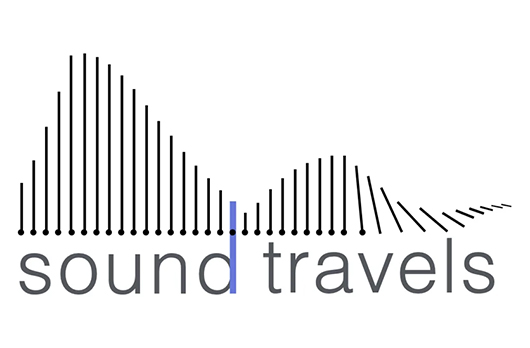




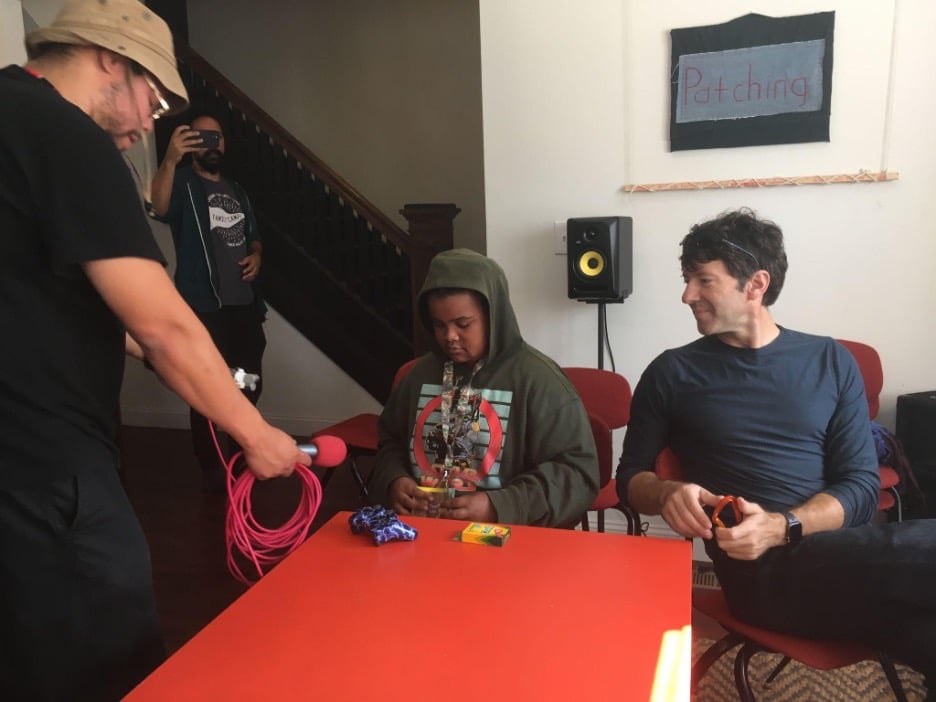
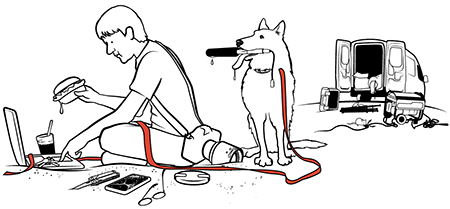

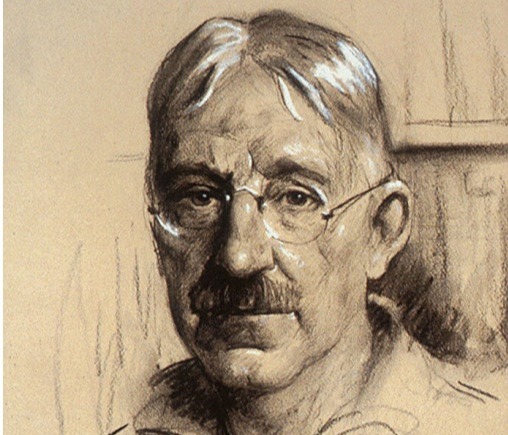
.gif)
